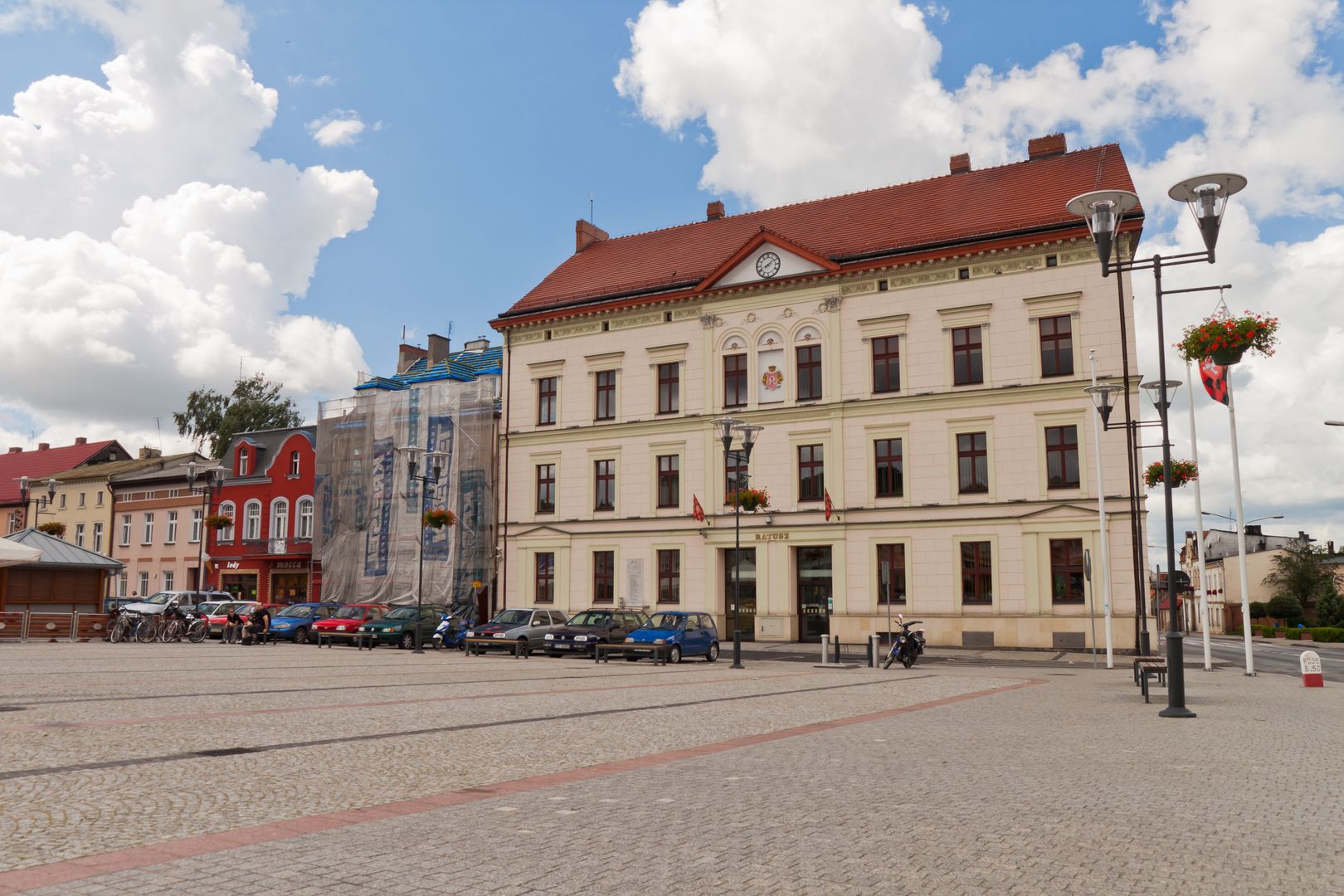Czarnków
6.85

Overview
Czarnków is a town in western Poland, located in the Greater Poland Voivodeship, situated on the Noteć River and on the edge of the Notecka Forest. Its name has medieval roots, with the first mentions dating back to the 12th century. The town boasts a rich architectural heritage, featuring landmarks such as the late Gothic Church of St. Mary Magdalene from around 1580, a mid-19th-century town hall, and numerous 19th-century houses. Czarnków also captivates with its picturesque urban layout and beautiful natural surroundings, often referred to as "Czarnków Switzerland" due to its moraine hills. The cultural life in Czarnków revolves around the Municipal Cultural Center, the public library, and the Museum of the Czarnków Land. The town hosts various events, including the Nałęczów Fair. An interesting fact is the ski jumping hill, which was one of the few in the lowlands, though it is currently inactive. The history of Czarnków is linked to significant events, such as the socialist movement in the Prussian Partition and the expulsion of Poles during World War II. Modern-day Czarnków, as an urban municipality, has an active social, sports, and educational life, with several schools and sports teams, including MKS Noteć Czarnków. The town engages in international cooperation with cities such as Coevorden in the Netherlands and Gadebusch in Germany. Despite the lack of direct rail connections, Czarnków continues to develop dynamically and offers a rich cultural and sports scene, making it an attractive place to live.
Location
You can also find here:
2025 Wizytor | All Rights Reserved

